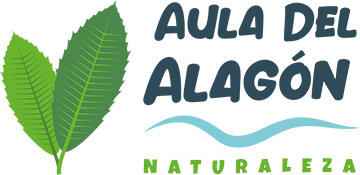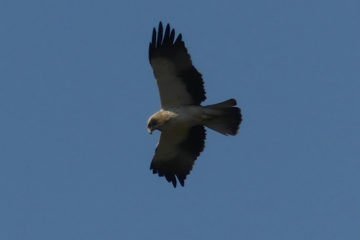Starting point: a stone arch at the entrance to the village.
Characteristics of this route: the recommended route is one of many that can be done starting at this village with one of the most beautiful landscapes in the entire province. Beginning at the arch at the entrance to the village, there’s a small yet valuable pond to the right where a number of colourful birds from the village and surroundings come down to drink. Then, head to the left, towards the school, in the lower part of the village and take the street to the left leading to a main road. At this point, you take a road (with very little traffic) leading to the village’s industrial area. All along the route already completed (less than 1 kilometre) you will have taken in magnificent views of the entire Las Quilamas valley and highlands to the south of Salamanca. At the end of the industrial area, the road becomes a dirt road that winds between pine, cherry and chestnut trees and returns to the village after about 4 kilometres. This trail is not signposted, but all you have to do is take one of the paths to the left returning to San Miguel.
Most outstanding species: the most outstanding species are the raptors that inhabit the trees and rocks of the Las Quilamas valley. The black vulture (the most important colony in the province), the griffon vulture, the Egyptian vulture, the red and black kite, the booted eagle and, if you’re extra lucky, the golden eagle and black stork. Within the pine forest and, quite particularly, among the very old cherry and chestnut trees along the way, you’ll see small birds as colourful as the crested tit, the firecrest, the hawfinch, the Sardinian warbler, the short-toed treecreeper and many more.
Birdwatching recommendations: the best advice is to walk at a calm pace, listening and watching out for the birds that gradually appear and then waiting a bit anywhere they dominate the open sky. The area around the beekeeping cooperative Reina Kilama (on the industrial estate just outside the village) is the perfect place to enjoy an extraordinary panoramic view of the entire Las Quilamas valley, which is home to one of the few “virgin” Mediterranean forests in the province. The colony of black vultures previously mentioned lives among the holm oak trees. The deep valley formed by the erosion of the River Quilamas is a sort of migratory corridor for birds crossing the Peninsula and it’s hardly uncommon to see groups of raptors, ducks, herons and cranes using this passageway to cross the Central System mountains with the least possible waste of energy.
If you’d like to discover these and other routes, contact Aula del Alagón and we’ll help you find all the birds and landscapes in our region.
Aula del Alagón
info@auladelalagon.com
Plaza de España, 4, 37760, Linares de Riofrío (Salamanca)
| TOWN | San Miguel de Valero | |||
| NATURAL PATRIMONY | Buitre negro. Buitre leonado. Alimoche. Milano real y negro. Águila calzada. Águila real y cigüeña negra. Herrerillo capuchino. Reyezuelo listado. El picogordo. La curruca cabecinegra. El agateador común. |
|||
| WHAT IS INCLUDED? |
|
|||
| WHAT ISN’T INCLUDED? |
|
Si quieres participar en nuestra actividad, no dudes en ponerte en contacto con nosotros a través de nuestros métodos de contacto:
Email: info@auladelalagon.com
Teléfono: 635 158 497
O bien rellena directamente, el formulario, y te responderemos en la mayor brevedad de tiempo.
Form temporarily unavailable








Comentarios
Aún no hay comentarios, puedes ser la primera persona en hacerlo.
Deja un comentario